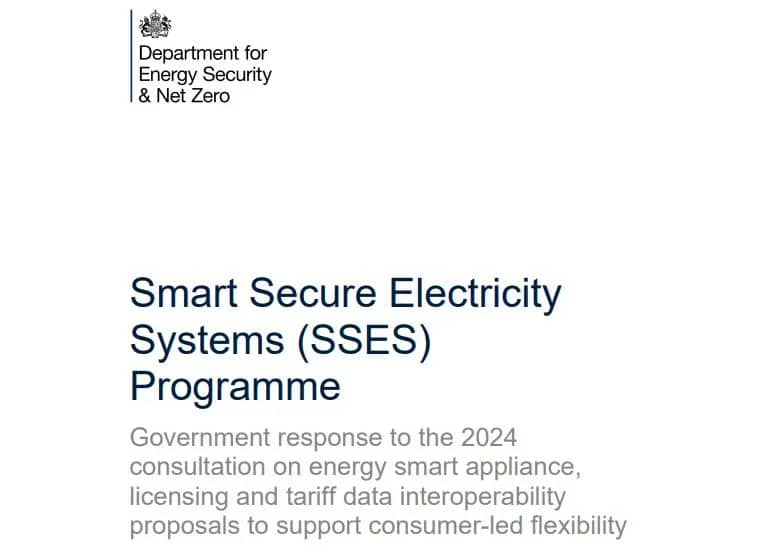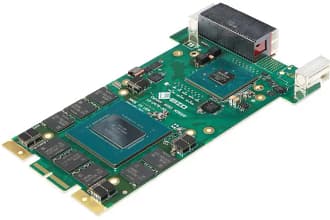This is according to the UK government’s response to its 2024 public consultation on ‘energy smart appliances’ (ESAs), which has just been published.
“The government will, subject to Parliamentary approval, put forward secondary legislation on energy smart appliances within the next year,” according to the UK Department for Energy Security and Net Zero. “Once made, an approximately 20 month implementation period will allow industry to update production cycles before the regulatory requirements will be enforced. This implementation period will conclude by the end of 2027 at the latest.”
The two aims of the consultation were:
- Find a way to level peak load on the UK’s national power grid by allowing energy suppliers to remotely control some loads in consumer premises.
- Find a way for consumers to voluntarily trade the timing of their energy consumption in exchange for benefits such as less costly energy tariffs.
“Based on NESO and government scenarios for 2030, excluding electric storage heaters, we estimate that 10 to 12GW of consumer-led flexibility [CLF] capacity is possible by 2030,” according to the response. “Government expects electric vehicle smart charging to be a key driver of CLF capacity growth.” NESO is the UK National Energy System Operator.
The new document emphasises that consumer trust has to be established for such a scheme to work.
As such, laws will be made or changed to include:
- A guarantee that the smart remote control can be turned off by the consumer if they do not want to participate in energy-saving-reward schemes.
- To make any remote control facility complaint with the ETSI EN 303 645 IoT cybersecurity standard.
- Creating an interoperable remote control interface so that equipment continues to function if the consumer switches energy supplier – or, more properly, switches ‘demand-side response service provider (DSRSP ).
- Creating licencing conditions under which those with their finger on the remote controls will operate, including when they strike related deals with consumers.
Technical aspects are also touched upon in the Response. For example: to avoid national power transients, equipment will introduce its own random delay of up to 10 minutes after being commanded to turn on or off.
The above is a much-simplified introduction to the 150 page government action plan ‘Smart Secure Electricity Systems (SSES) Programme‘, which included a legislative schedule.
(Ed: Based on two hours of reading, this appears to be comprehensive, balanced and well thought through document – start with the executive summary.)






